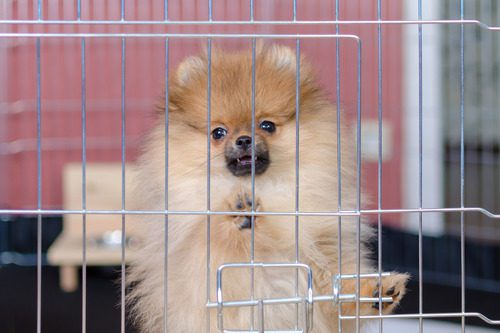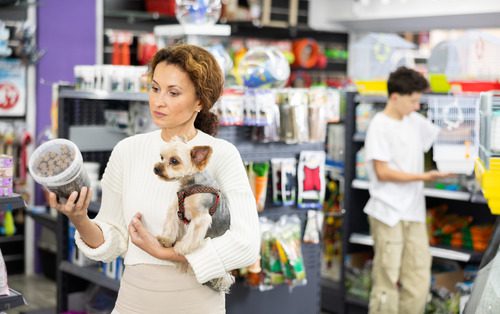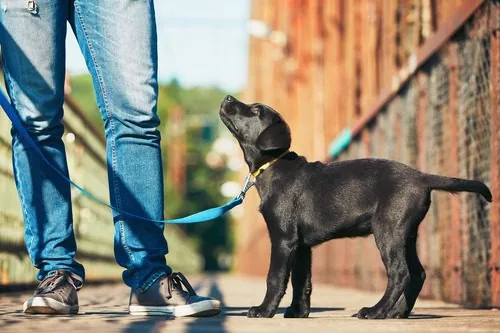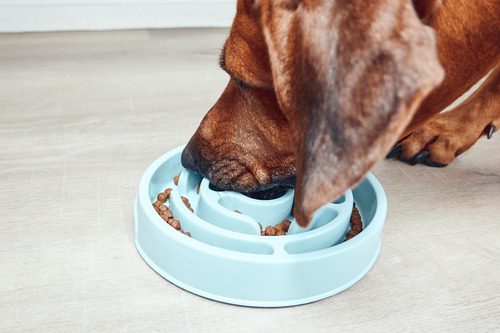Understanding Dog Whining: Causes and How to Stop It
Dog whining can be frustrating, especially when it feels like your pup is trying to tell you something—but you’re not quite sure what. This behavior isn’t just about noise; it’s often a window into how your dog is feeling. Whether it’s a sign of excitement, stress, pain, or a desire for attention, dog whining is a behavior worth exploring. In this blog, we’ll explain why dogs whine, how to interpret their cues, and what you can do to respond appropriately. If dog whining has become a challenge in your home, keep reading—you may find the clarity and direction you’ve been looking for.

What Does Dog Whining Mean?
Whining is one of the many ways dogs communicate with us and with other animals. While barking tends to alert or warn, dog whining usually signals a request, emotion, or discomfort. It’s not always easy to decode, but context is key.
Emotional Triggers
Dogs often whine when they feel overwhelmed by emotion. Excitement, anxiety, fear, or even frustration can all lead to whining. For instance, a dog might whine when you return home because they’re thrilled to see you—or because they were anxious while you were gone.
Physical Discomfort or Pain
In some cases, whining may be linked to physical pain. If a dog suddenly starts whining and it’s out of character, it’s worth paying attention. While this blog should not replace medical advice, persistent or unusual whining should prompt a visit to your veterinarian for a thorough evaluation.
Attention-Seeking Behavior
Many dogs whine to get your attention. This could be for petting, food, a toy, or even just interaction. If a dog learns that whining gets a response, they’re likely to repeat the behavior—whether the need is urgent or not.
Communication With Other Dogs
Dog whining isn’t always for our benefit. It’s also a social cue used between dogs. Submissive dogs may whine to show deference, while puppies often whine to their mothers as a natural way to communicate need or discomfort.
Common Situations Where Dog Whining Occurs
Whining tends to show up in specific, repeated scenarios. Recognizing these patterns can help you better interpret what your dog is trying to express.
During Crate Training or Confinement
Many dogs whine when they are crated or confined. This is especially common in puppies who haven’t learned that being in a crate doesn’t mean being alone forever. Dogs may also whine if they feel isolated or are not getting enough exercise or interaction.
Before or During Car Rides
Some dogs love the car. Others don’t. Whining during a car ride may indicate stress, motion sickness, or simply excitement over going somewhere. If your dog only whines in the car, this may be an area to address specifically.
When Left Alone
Separation anxiety often leads to whining, pacing, and even destructive behavior. If your dog only whines when you’re not around—or when you’re getting ready to leave—this may be the root cause.
How to Respond to Dog Whining
When your dog whines, how you respond can influence whether the behavior improves or continues. Your goal is to meet genuine needs while avoiding accidentally reinforcing whining for attention.
- Stay Calm and Observant: First, assess the situation. Look for signs of distress, pain, or environmental triggers. Is your dog pacing? Do they need to go outside? Or are they simply bored? Calm observation will help you respond appropriately.
- Avoid Rewarding Unwanted Whining: If your dog whines for attention and you respond by petting them or offering treats, you may be reinforcing the behavior. Instead, wait for a pause in the whining before you engage with your dog. This helps them understand that silence—not whining—gets results.
- Use Consistent Training Techniques: Positive reinforcement training helps redirect unwanted behavior and reward calmness. Teaching a “quiet” command can help when whining is persistent. Pair this command with calm behavior, and reward your dog when they respond correctly.
- Increase Physical and Mental Activity: A tired dog is less likely to whine. Boredom and excess energy often lead to vocalizations. Consider longer walks, puzzle feeders, and interactive playtime to help reduce excess energy that can lead to whining.
When Should You Talk to a Veterinarian or Trainer?
While some whining is harmless, there are times when professional insight is helpful. If your dog’s whining increases suddenly or comes with other symptoms—such as limping, loss of appetite, or behavior changes—it’s time for a checkup. Certified dog trainers can also help if the whining stems from behavioral issues like separation anxiety or a lack of structure. Working with a professional can give you tailored strategies that fit your dog’s personality and household routine.
If you’re in Terre Haute and unsure whether your dog’s whining is behavioral or medical, Brown Veterinary Hospital is here to help. Call 812-645-0715 or book an appointment online today.
Helping Your Dog Feel Heard and Understood
Dog whining isn’t just noise—it’s communication. When you take time to understand the message behind the sound, you’re strengthening the bond with your dog. Whether they’re expressing excitement, discomfort, or seeking attention, responding with patience and intention goes a long way. Observing patterns, staying consistent with training, and supporting your dog’s emotional and physical needs can help address dog whining in a way that supports both you and your pet. And if you ever need guidance along the way, the team at Brown Veterinary Hospital is always here to assist.
Recent Posts
About Brown Veterinary Hospital
We are here to serve as your partner in keeping your four-legged family member healthy, ensuring you have all the tools you need to provide them with a lifetime of outstanding care. Our animal hospital in Terre Haute offers a full range of services to nurture and extend your pet’s life, from wellness and preventative care to critical care, exotic pet care, and dermatology.





